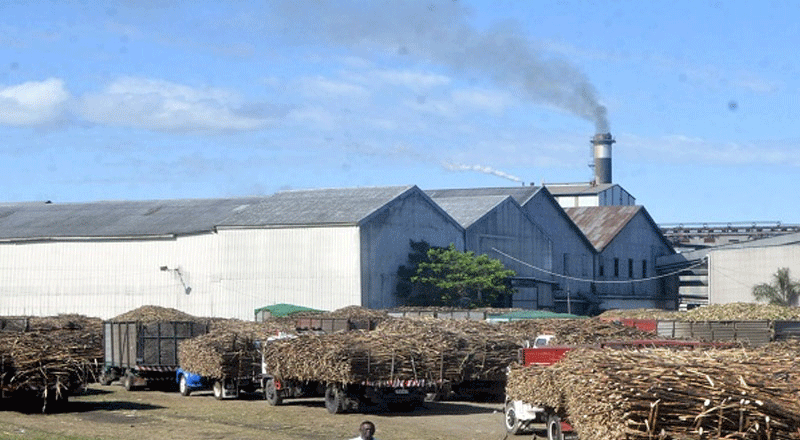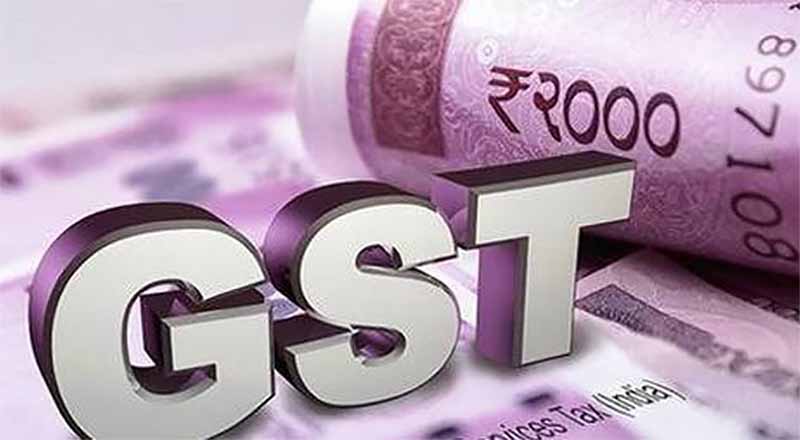A decline in exports in sugar season 2023 (October 1, 2022, to September 30, 2023), together with a 3% increase in the fair and remunerative price (FRP) of sugarcane (effectively for 10% recovery rate), will impact the profitability of sugar mills this fiscal.
Sugar exports are likely to decline to ~8-8.5 million tonne1 on-year in SS 2023 from an all-time high of 11.2 million tonne last season, despite production staying stable at 39.5-40.0 million tonne. This will be largely on account of two factors: one, higher diversion of sugar for ethanol blending (~4.3 million tonnes in SS 2023 compared with 3.5 million tonnes in SS 2022); and two, maintaining sufficient carryover stocks of sugar for domestic consumption during the non-crushing season. For the record, carryover stocks of sugar had declined to a five-year low at the end of SS 2022.
The sugar sector in India is highly regulated, with sugar being an essential commodity. The government decides the quantum of exports, as well as monthly sugar quota for domestic sales, besides determining the FRP of sugarcane.
Given that sugar exports are more remunerative than domestic sales, operating profitability will shrink 50-100 basis points (bps) on-year to ~13% for integrated players and by as much as 150-200 bps to ~9% for non-integrated ones, which are primarily dependent on sugar sales.
Still, the sector’s credit outlook remains stable due to lower working capital debt following reduced inventory, and only modest spending being undertaken to enhance distillery capacity for ethanol. A CRISIL Ratings analysis of 30 sugar players, which had combined revenue of ~Rs 37,000 crore in fiscal 2022, indicates as much.
Says Anuj Sethi, Senior Director, CRISIL Ratings, “Integrated sugar players will be better-positioned compared with non-integrated ones despite the pressure on profitability. This is because higher ethanol volumes, increase in ethanol realisations by 3-6%, and higher co-generation revenues will help integrated players partly offset the impact of higher cane price and sluggish domestic sugar prices. It also helps as these players have continued to invest in distillery capacity for ethanol blending to meet the requirement of oil companies, given the ethanol-petrol blending target of 20% by April 2025 (blending level was ~10% in fiscal 2022).”





